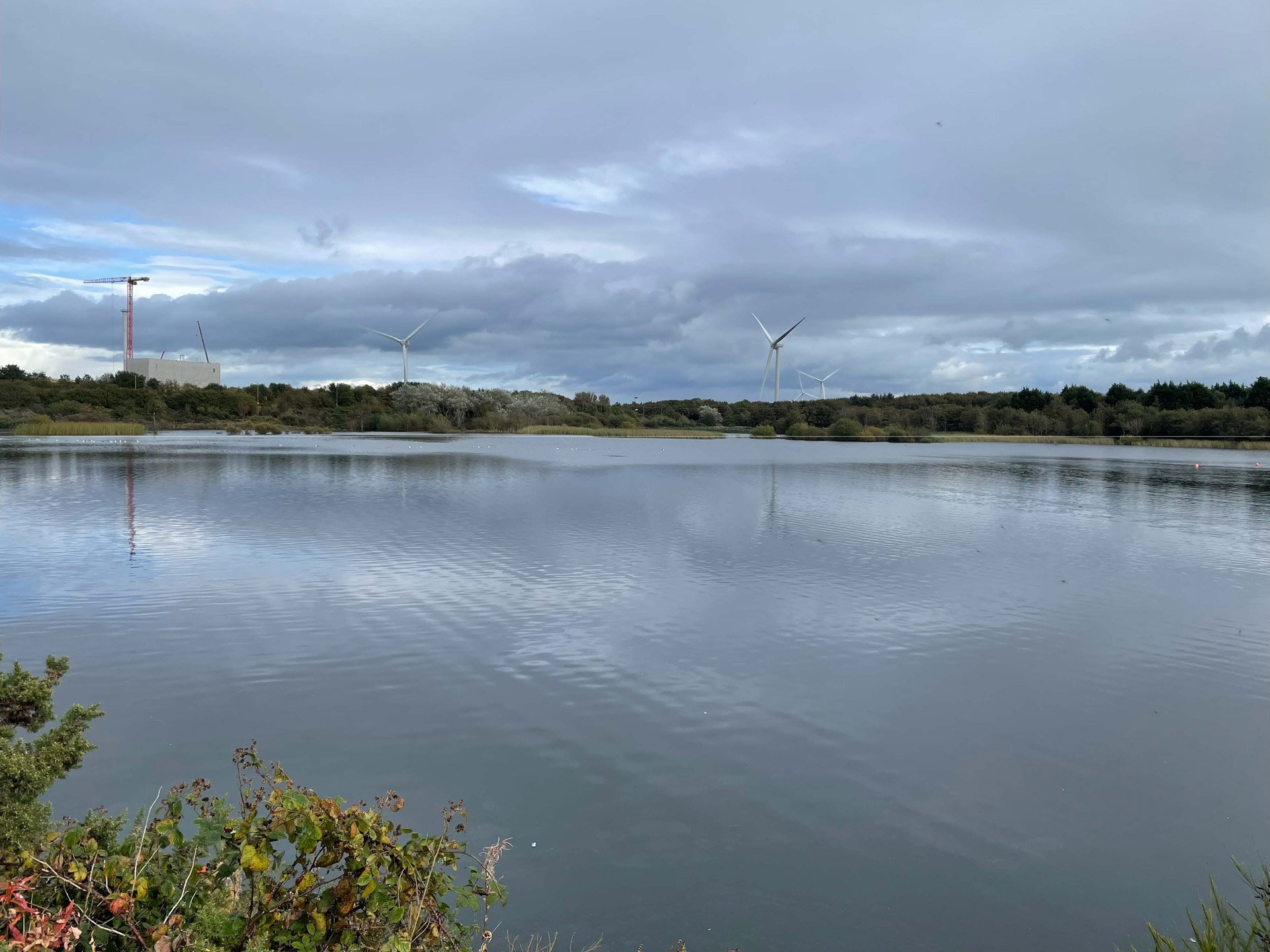
Water Quality.
Expert tips and essential guidance for a safe open water swimming experience.
Scroll to Explore.
Water QualityScotland's water quality varies by location, and the Scottish Environment Protection Agency (SEPA) plays a key role in monitoring and reporting on it.
SEPA oversees water quality for rivers, lochs, and coastal waters, and their website offers up-to-date details for specific areas. They also monitor over 80 designated bathing waters between May 15th and September 15th each year, publishing results and classifications online.
For each bathing water, SEPA provides a detailed profile, including:
Site-specific risks to water quality.
Forecasts for water conditions.
Impacts from sewage, agriculture, and other catchment activities.
Check out SEPA’s interactive map to explore locations and their latest results: Bathing Waters SEPA.
En How to Interpret Water Quality Results
SEPA explains:
Low water quality for coastal and transitional waters is indicated by:
E. coli levels above 500 cfu/100ml
Intestinal enterococci levels above 200 cfu/100ml
For inland waters, the thresholds are higher:
E. coli levels above 1000 cfu/100ml
Intestinal enterococci levels above 400 cfu/100ml
What does this mean?
High levels of these bacteria suggest possible contamination from fecal matter, which can carry harmful pathogens. Swimming in such water increases the risk of gastrointestinal illnesses, skin or eye infections, and respiratory issues.
Always check for water quality warnings and advisories before taking a dip to ensure a safe experience.


